At the end of the 15th century, several events gave new impulse to trade and influenced in a decisive manner the history of coinage. Coins of large sizes were produced in all of Europe thanks to the discovery of the New World, the introduction of new techniques of extracting metals, and the discovery of new mines in Europe. During the same period, in Portugal, King Manuel I (1495-1521) reformed the monetary system by first introducing silver coins with a mark of value: the tostão. This coin continued to be issued even by his successors. The coin contained a very high percentage of pure silver and it generally had a diameter of 28 mm and a weight swinging from 9.3 to 10g. The coin in this exhibition is a tostão struck during the reign of King John III (1521-1557), during whose reign the Portuguese Empire reached its maximum extent. On its obverse, the coin bears the coat of arms of Portugal surrounded by the Latin legend IOHANES : 3: R: P: ET: A: D: GVINE. On its sides, it bears the letters V and L: the former representing the coin's value of five vintens (the vinten was a coin valuing 20 reals; so a tostão valued 100 reals); the latter indicating the place of its mintage (L stands for Lisbon). The coin's reverse carries the cross of the Order of Christ encircled by the Latin legend 'IN HOC SIGNO VINCES' (with this sign, you shall conquer), without any other ornamentation. The Latin inscription on the reverse refers to the size of the Portuguese Empire, as John III was proclaimed King of Portugal and Algarves and Lord of Guinea. Both gold and silver coins of the period emphasize the domains acquired by Portugal after 1499. The Military Order of the Christ was founded in 1319 to defend the Christian Faith in Portugal and is said to owe its origins to that of the Knights Templar whose estates, after their suppression, passed to this equestrian militia. Henry the Navigator, son of King John I of Portugal, became Grand Master of the Order in 1417 and he financed the Portuguese exploration campaigns with the treasury of the Order. After his death, the mastership remained in the possession of the Royal House and it was bestowed to his brother in law, Manuel, Duke of Beja, who became king in 1495. King John III became Grand Master of the Order under Pope Adrian VI, in 1522, and Julius III conferred the crown as a perpetual right of the Grand Master in 1551. The coin in this exhibition was struck before July 10, 1555, because its reverse still bears the cross of the Order of Christ. After this date, that cross was replaced by the cross of Aviz.
Reference:
[1]. Alteri, G. (2000). Dall'oro di ieri all'euro di oggi. Catalogo della mostra 6-8 ottobre. Vicenza Numismatica.
[2]. Gomes, A. (2003). Moedas Portuguesas e do Território Português antes da Fundação da Nacionalidade. Lisboa: Associação de Numismática de Portugal.
[3]. Morgan, E. V. (1972). Historia del dinero. Madrid.
[4]. Trigueiros, A. M. (1991). Portuguese coins in age of discovery. The Numismatist, 104 (November), pp. 1728-1735.
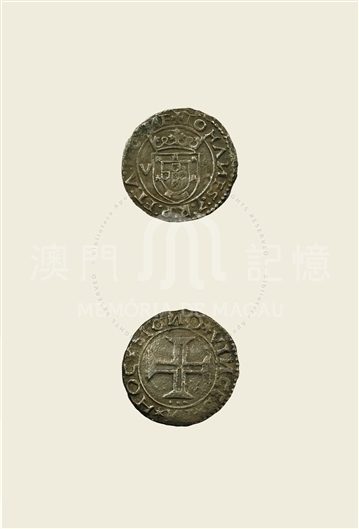
Informações relevantes
Data de atualização: 2020/09/08

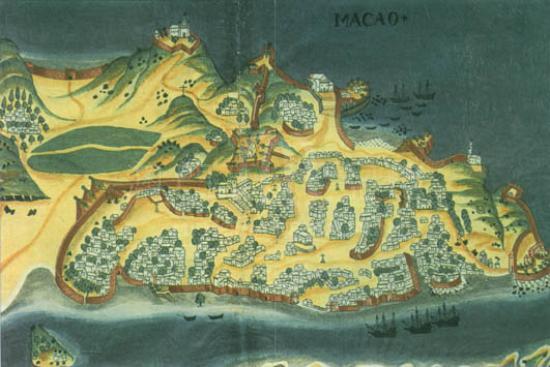

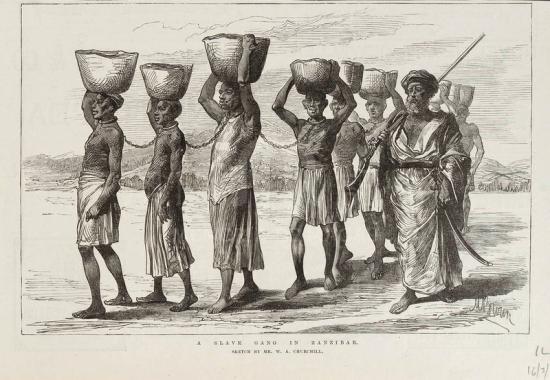
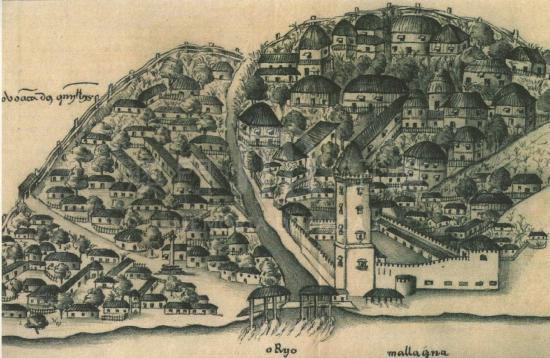


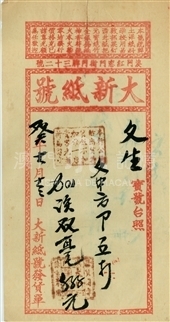
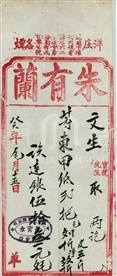
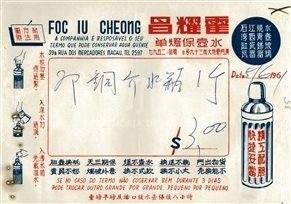


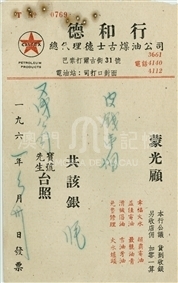
Comentários
Comentários (0 participação(ões), 0 comentário(s)): agradecemos que partilhasse os seus materiais e histórias (dentro de 150 palavras).